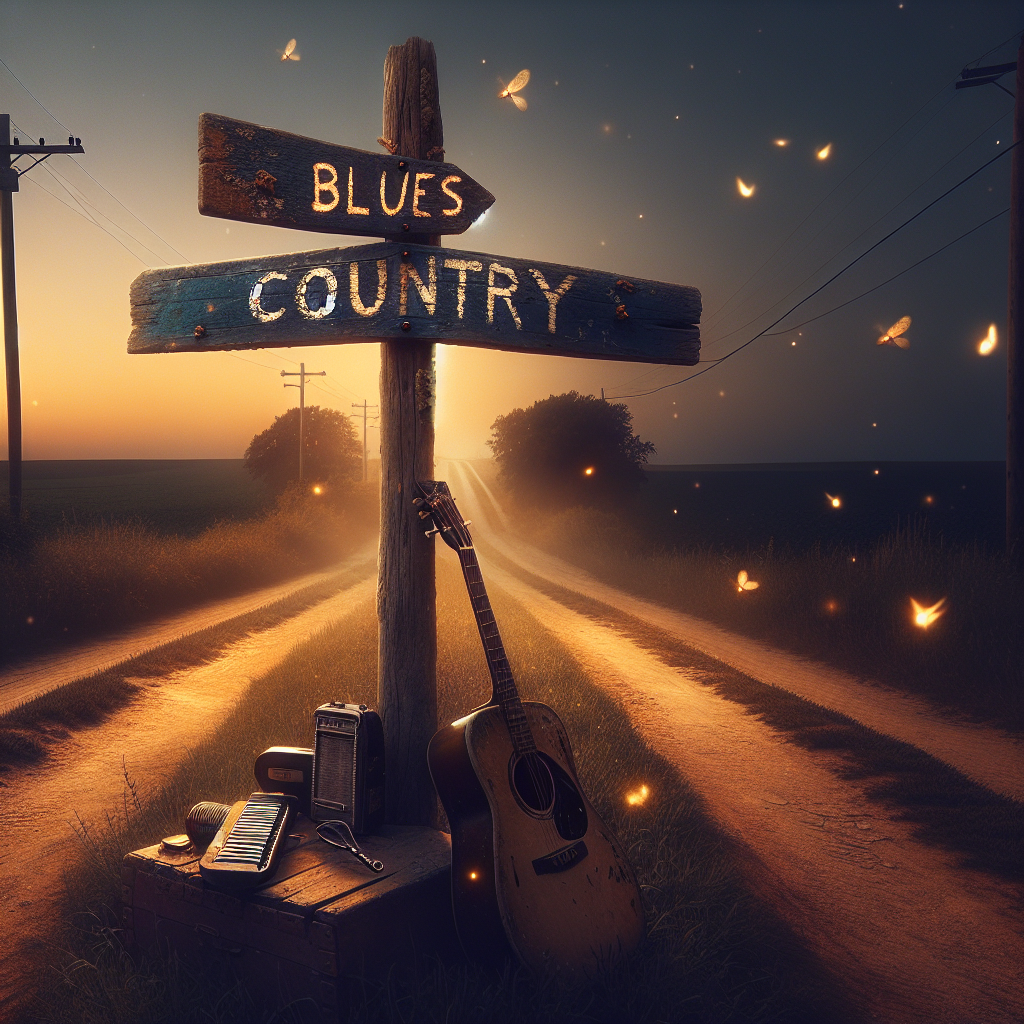The music industry has witnessed a multitude of transformations over the decades, yet none as truly groundbreaking as the progression of hip-hop. Central to this evolution are the dynamic artists referred to as the Master of Ceremonies or more commonly known, MCs. This article aims to provide an in-depth evaluation of the ignition and growth of hip-hop and the evolution of the MC.
Genesis of the Hip Hop MC
During the emergence of hip-hop in the late 1970s, the MC played a secondary role to the DJ who produced the vibrant, pulsating beats that marked the genre. Back then, MCs were typically tasked with engaging the crowd, encouraging them to respond to the music, and promoting the DJ’s skills.
The Emergence of ‘The Conscious’ MC
By the 1980s to the early 1990s, the “Golden Age of Hip Hop,” the role of MCs transitioned from crowd hypemen to the spokesperson of their communities. During this period, ‘Conscious’ MCs like Public Enemy, KRS-One, and Rakim, used the platform to shed light on social injustices and political issues plaguing their communities – a contrast to the party-themed rap of the previous era.
The Rise of Commercial Hip-Hop
The 1990s and 2000s saw the evolution of MCs into mainstream dominators, transforming from mere community reporters to global superstars. Commercial hip-hop rose in popularity fostering a range of MCs who catered to this burgeoning market. Acts like Snoop Dogg, Dr. Dre, Biggie Smalls, and Jay-Z became household names. The narratives in their lyrics shifted towards discussing wealth, fame, and power.
Modern Age Revolutionaries
Today’s hip-hop environment is multifaceted, housing a diversity of MCs who address various themes. There is a resurgence of conscious lyrics addressing social issues evident in the works of Kendrick Lamar, J. Cole, and Rapsody. However, there is no scarcity of MCs who continue the narrative of wealth and power, like Future and Migos.
Conclusion
Over time, the role of the MC has shifted dramatically: from crowd-motivators to conscious community narrators, to crossover commercial phenomena, and everything in between. Despite these changes, the heart of the MC’s role remains the same – to connect, express, and reflect the realities of their time through compelling wordplay and rhythm. The evolution of the hip-hop MC is a testament to the diversity and adaptability of this powerful music genre.
FAQs
- Q: Who were some of the first hip-hop MCs?
A: Kool Herc, Grandmaster Flash, and Afrika Bambaataa are considered some of the pioneers of hip-hop MCing.
- Q: What does ‘conscious’ MC mean?
A: ‘Conscious’ MC refers to a rapper whose lyrics are primarily focused on social issues, intending to raise awareness and inspire change.
- Q: Who are some modern ‘conscious’ MCs?
A: Modern ‘conscious’ MCs include Kendrick Lamar, J. Cole, and Rapsody among others.
- Q: What is the ‘Golden Age of Hip Hop’?
A: The ‘Golden Age of Hip Hop’ refers to a period during the mid-1980s to the mid-1990s. It was a time known for its innovation, diversity, and quality in hip-hop music.
- Q: Has the role of the MC changed in the modern age?
A: Yes, the role of the MC continues to evolve alongside hip-hop music, reflecting the issues and themes prevalent in their communities and personal lives.




